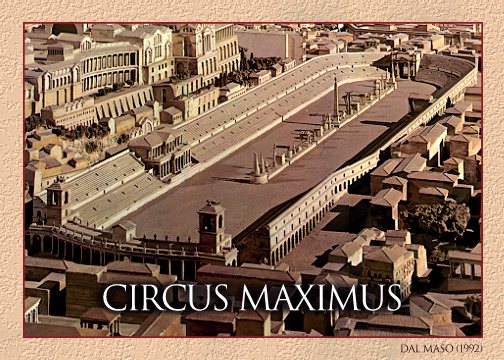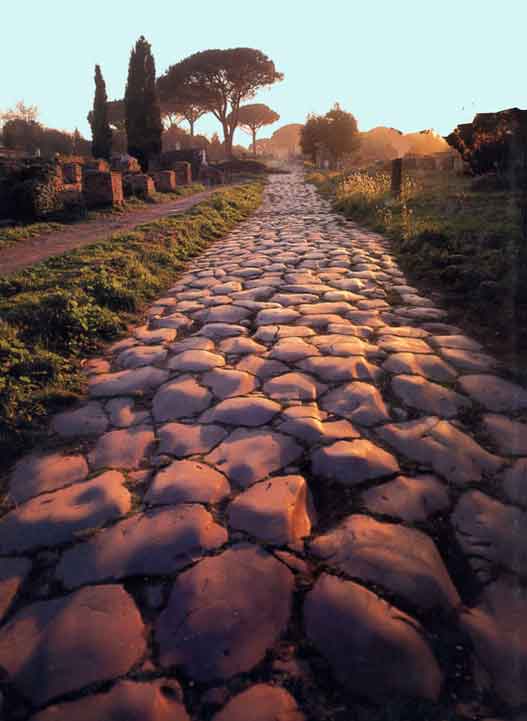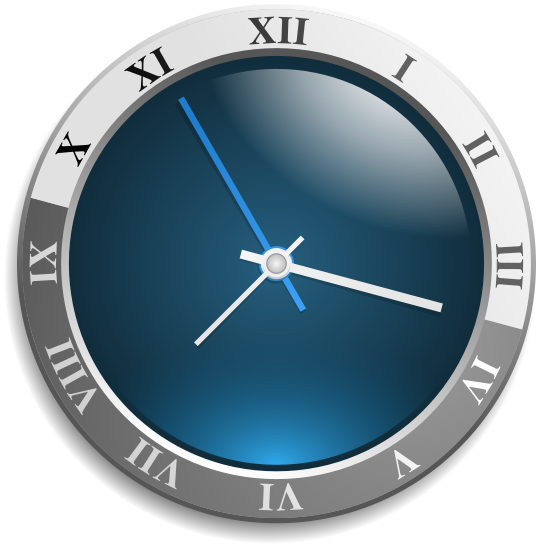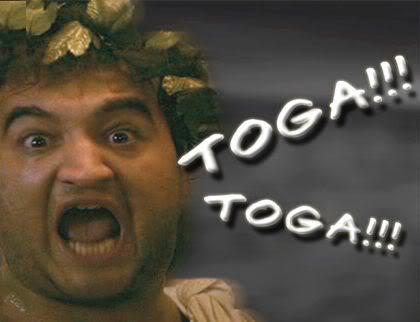 The Romans were not shy. The public baths were a place of great popularity and socializing. In our world, if people wanted to hang out and socialize with friends, they might go to a resturant. Not the case in Rome. People in Rome went to the baths. Sure, these people took baths there, but they also did many more things. Copy this list down in your blog book for your "Public Baths" page:
The Romans were not shy. The public baths were a place of great popularity and socializing. In our world, if people wanted to hang out and socialize with friends, they might go to a resturant. Not the case in Rome. People in Rome went to the baths. Sure, these people took baths there, but they also did many more things. Copy this list down in your blog book for your "Public Baths" page:Facts about the Public Bath:
1. It was very expensive.
2. The baths also included a library, exercise rooms, saunas, and hair cutting rooms.
3. Slaves would help the people.
4. The men and women would attend the baths at different times of the day.
5. Children could not use the baths.




















































